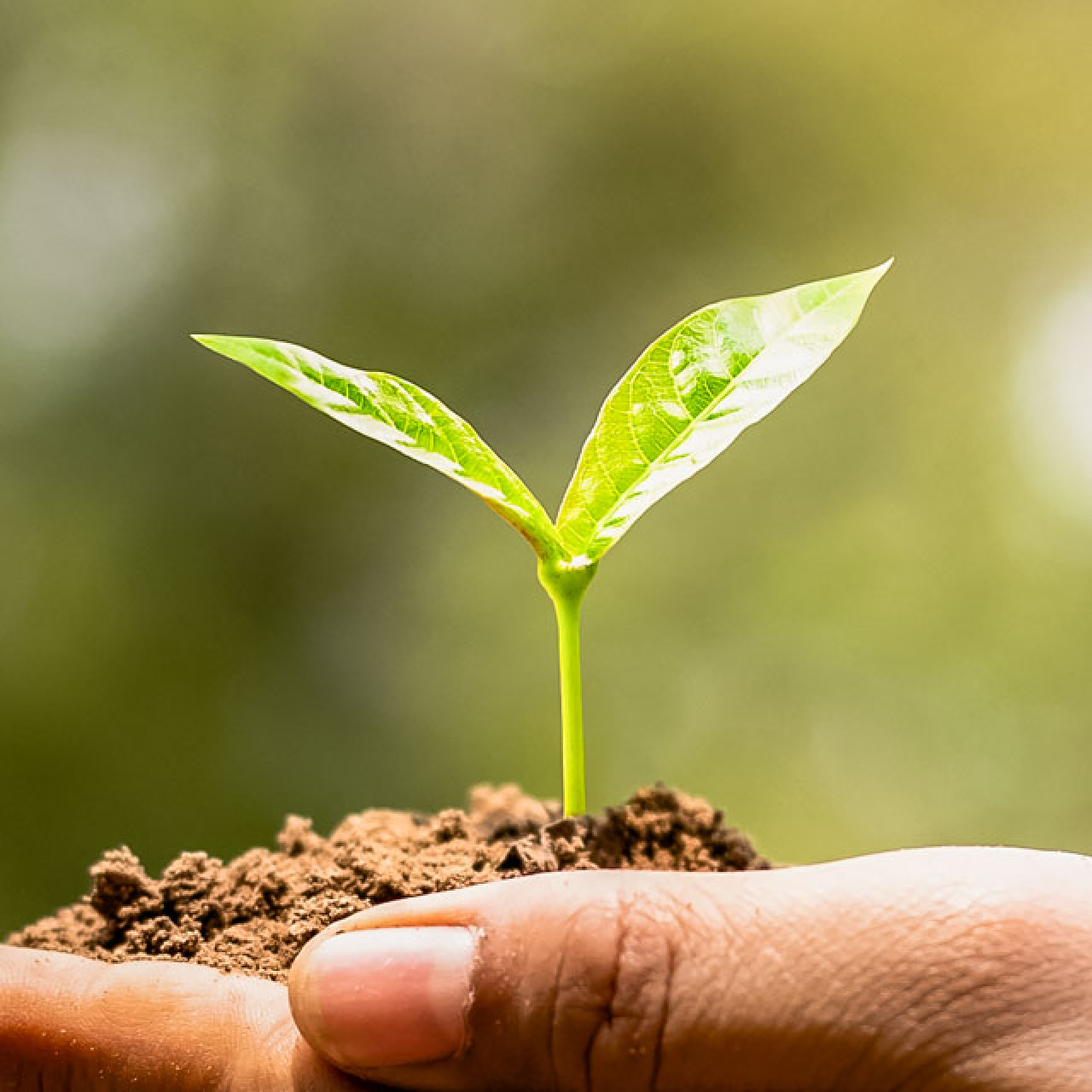At Scholastic, we care about the future and the preservation of Earth’s natural resources. As a publisher and distributor of children’s books, one of our goals is to educate and inspire young people to actively pursue environmentally friendly choices. We also feel that it is our responsibility to lead by example. Every part of our organization is committed to demonstrating our respect and concern for the environment. We do this on a daily basis through the decisions we make and the actions we take, whether it’s through office recycling programs, improved warehouse practices, or leadership in paper procurement policies. In these and other ways, we hope to help ensure that children can learn, grow, and prosper in a healthy world, now and for generations to come.
Sustainability

Paper Procurement
Scholastic is dedicated to sustainable paper procurement practices, and we work hard to ensure that we are producing quality products in a responsible manner from design to material specification to finished goods.Our procurement policy extends purchasing preference to products and suppliers that exhibit superior environmental performance and that are aligned with specific goals. Our full paper procurement policy can be found here.
Environmental Stewardship and Education
Since our founding more than 100 years ago, Scholastic has had a dual focus on literacy and citizenship. Today, as the largest publisher and distributor of children's books and educational resources, our mission is to help all children become informed, engaged, and responsible global citizens.
Our Scholastic Magazines+, which publishes more than 30 titles for pre-K to grade 12 and reaches more than 20 million students and teachers around the world, has been covering environmental issues since 1969, beginning with an article titled “Man’s Environment: Can We Save It?” The following year, with the first Earth Day celebration, Scholastic Magazines began developing educational materials for the classroom and supporting this national day of action by actively encouraging kids to participate, attend city council meetings, and bring awareness to environmental issues. In 1971, Scholastic Earth Corps study kits were launched, and since that time the magazines continue to cover critical environmental issues year-around including global conservation efforts, climate change, endangered animals, sustainable energy efforts, eco-friendly innovations, and more.
Our Scholastic Kids Press, a team of talented journalists between the ages of 10 and 14 from around the world who report “news for kids, by kids,” cover stories that affect all children’s lives, including the ongoing effects of climate change. They have been recognized for their efforts to bring attention to cities that are making efforts to become environmentally sustainable, initiatives to protect endangered marine life, and some of the ways young people are making their voices heard on environmental issues.
Scholastic Education Solutions offers many resources on this important topic, including an entire section of Scholastic Teachables dedicated to Environmental Conservation and Preservation. These lesson plans, nonfiction texts, activity sheets, and more are used by teachers across the country in classrooms for kids of all ages. The education division also offers Earth Day Packs for Grades K-2 and Grades 3-5 and recently published a biography of Greta Thunberg, the Swedish environmental activist, who was just a child herself when she made headlines for challenging world leaders to take immediate action for climate change. The biography, a sample of which can be found here, was published at three different grade spans.
Through the decades, our Scholastic Trade characters and brands have also included content in both print and multimedia that feature Earth Day and environmental themes most recently including: Big Tree (2023), To Change a Planet (2022), Caves (2022), Wildoak (2022), Stand Up (2022), Two Degrees (2022), Red Shoes (2020), Me and Marvin Gardens (2017), One Little Bag: An Amazing Journey (2020), The Magic School Bus and The Climate Challenge (2010), Living Sunlight: How Plants Bring the Earth To Life (2009).
Building Renovations and Updates
In 2016, major renovations were made to Scholastic’s headquarters in SoHo, New York to reduce consumption and waste. The office now boasts motion sensing LED light fixtures, energy-efficient smart elevators, water saving toilets, and drinking fountains with bottle refill stations.
There were extensive upgrades made to building mechanical systems including new boilers and a cooling tower. These improvements have helped us exceed current NYC local laws regarding energy consumption.
Warehouse Operations
Scholastic has been focused on reducing waste in our shipping materials. As part of this effort, warehouses now use “right-sized” cartons to ensure the least amount of corrugate, which reduces shipping cost and greenhouse gasses. All cartons are reused and/or recycled in all warehouses, including those cartons that we receive from vendors. In 2021 we recycled 1,328 tons (2,656,000 pounds) of corrugate.
Additionally dunnage and loose paper used in packaging is made from recycled paper whenever possible.
Inventory Management and Donations
Scholastic recently updated the company inventory retention policy to more efficiently manage inventory planning, reduce our warehouse footprint, and successfully distribute excess inventory to non-profit partners through the Scholastic Possible Fund.
Policies and Standards
Scholastic holds itself, employees, partners and vendors to high standards, as outlined in the policies below:






